This paper aimed to explore challenges in the implementation of greenhouse gas (GHG)
emissions mitigation policy in South Africa using John Kingdon’s Multiple Streams Analysis (MSA) Framework. The research does not focus on the technical content of the policies but on institutional, public administration, political and political economy issues
involved in policy implementation. While it is impossible not to analyse at least some of the technical content, this is limited to what is needed to shed light on the more politically orientated analysis.
At the 2009 Conference of the Parties (COP15) of the United Nations Framework Convention on Climate Change (UNFCCC), South Africa pledged to limit its GHG emissions to a Peak Plateau Decline (PPD) trajectory. The PPD specifies a quantitative maximum emissions range from 2010-2030. Complying with the limit would entail significant efforts by emitters of GHGs to invest in technologies and other measures as well as behaviour
change. The PPD has been further developed and refined since COP15, and the latest version is specified in absolute quantitative terms in the 2011 official National Climate Change Response White Paper (NCCRWP), and South Africa’s
Intended Nationally Determined Contribution (INDC), (now the Nationally Determined Contribution (NDC), since its ratification on 1 November 2016), framed by the Paris Agreement reached at COP21 in 2015.


